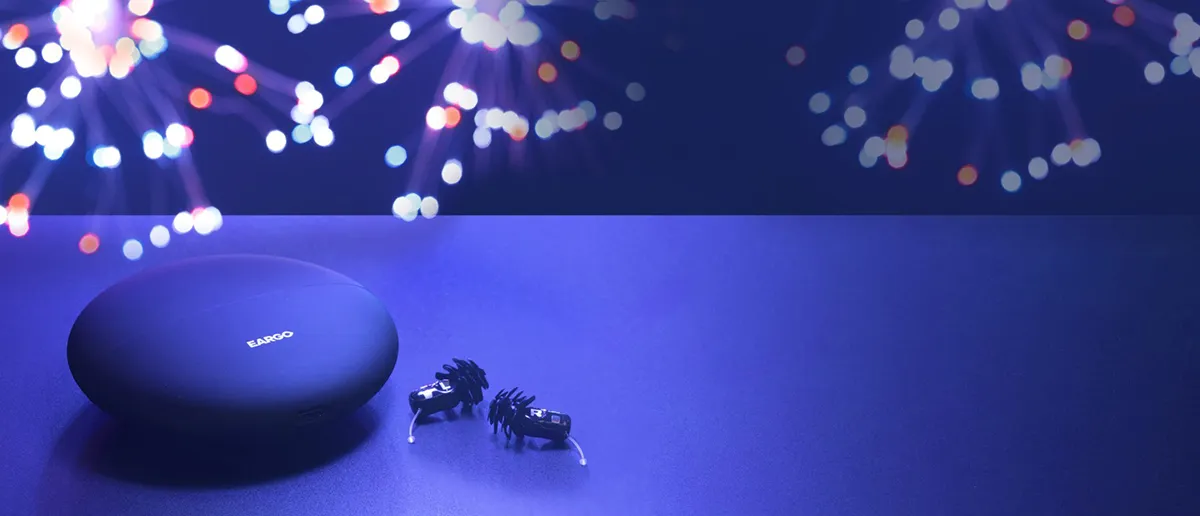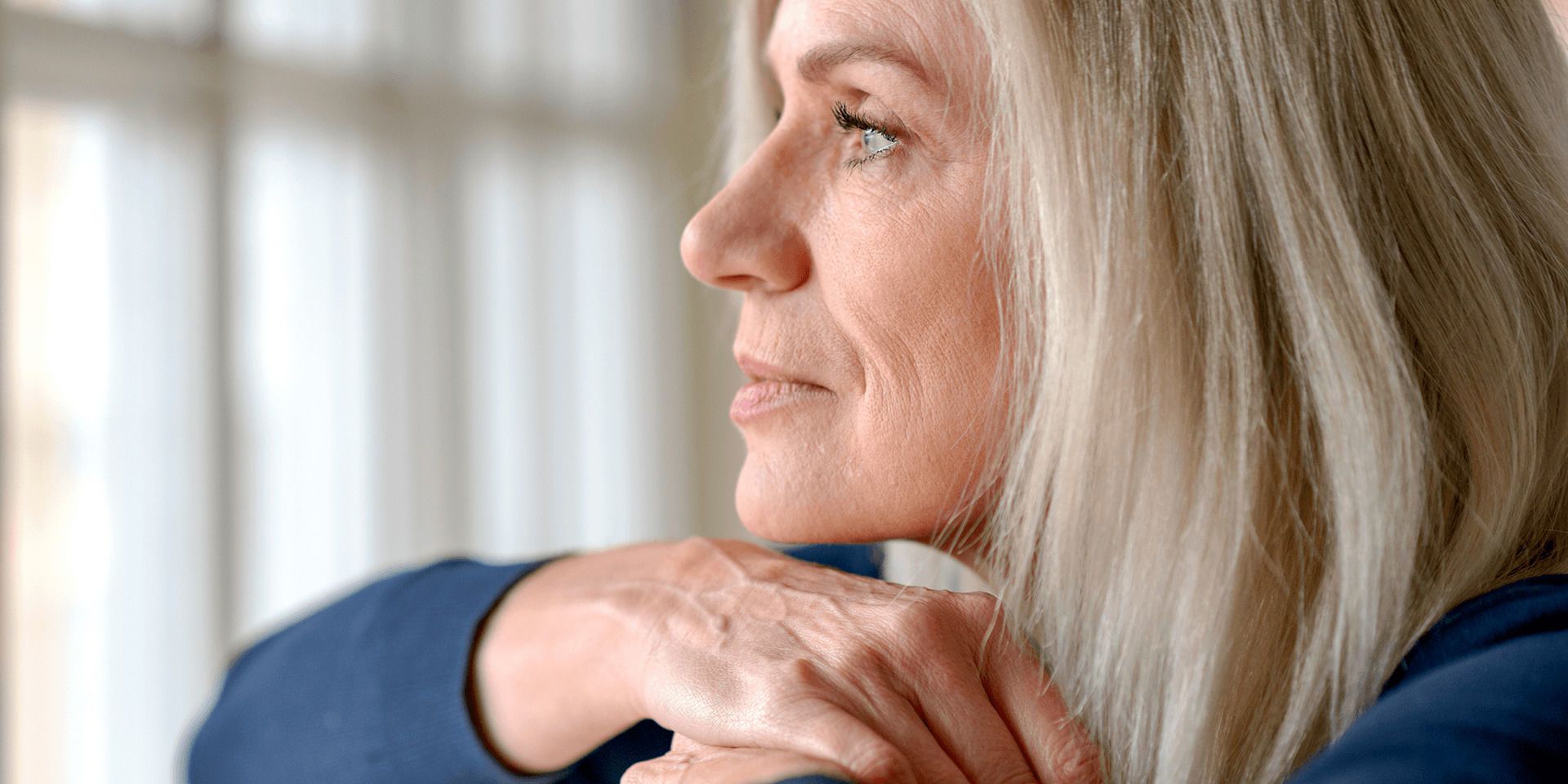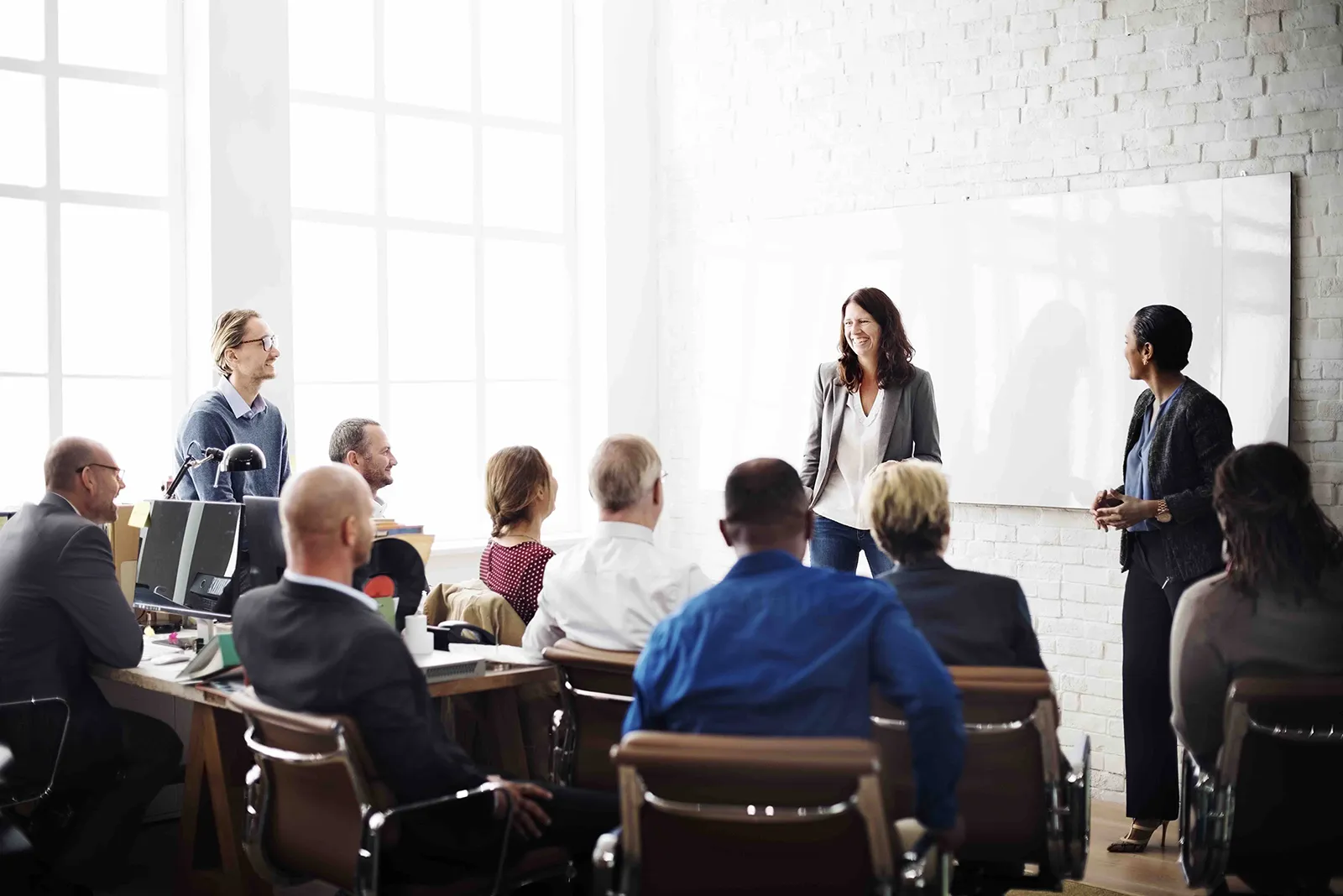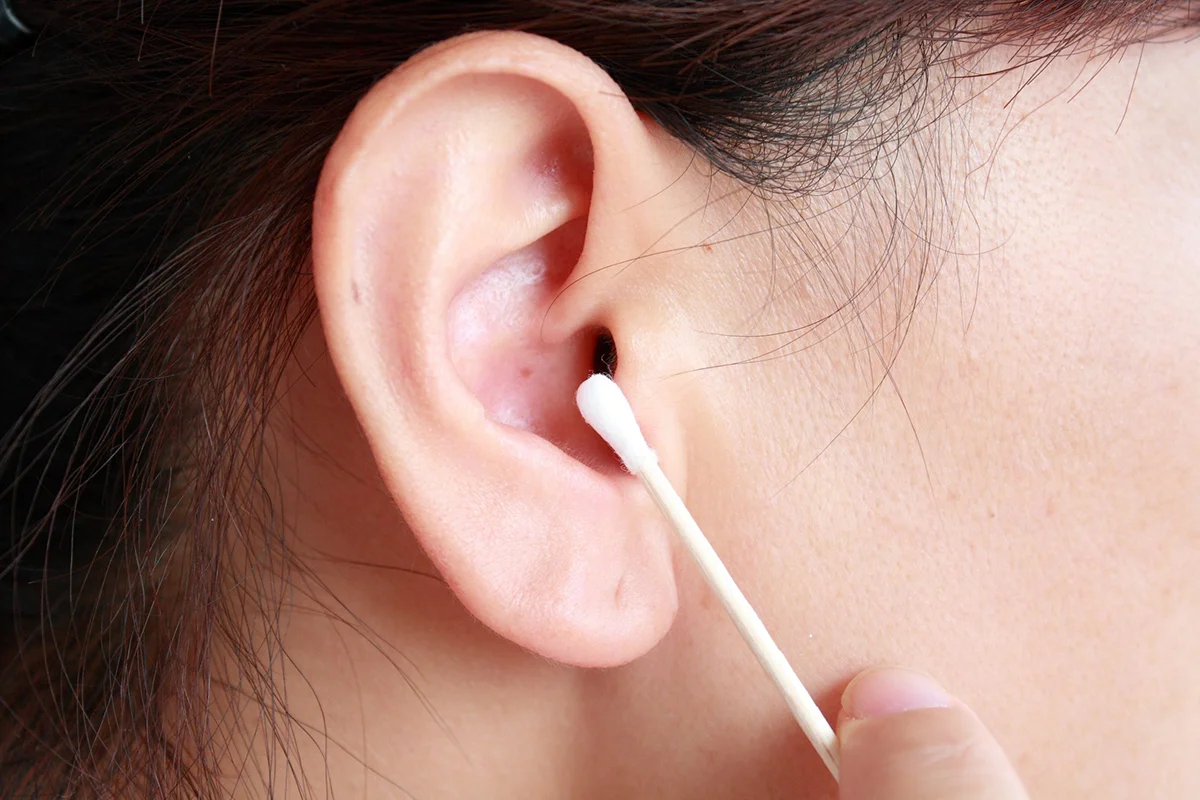Eargo includes dozens of audiologists and professionals with board certifications in hearing aid science. We asked five of them to share their perspective on how you can protect your hearing during the July 4th celebrations. Here are their responses.

Jennifer Gilligan, Au.D, CCC-A
Doctor of Audiology
Noise-Induced Hearing Loss (NIHL) can be caused by exposure to a very loud sound, even just once! As we celebrate the rockets’ red glare, and bombs bursting in air on July 4, it’s really important to do so safely. As you know, sound is measured in decibels (dB), and very loud sounds need to be avoided because the pressure waves from them cause physical damage to delicate cell structures in the inner ear organ of hearing. Normal conversation is around 70dB, but fireworks often reach 140dB, louder than a jet engine. The closer you are, and the more time you spend by loud noise, the greater the chance of damage. So, protect your ears this July 4 by celebrating at a safe distance while wearing simple and affordable hearing protection. I recommend the foam earplugs that you can buy from any pharmacy or supermarket. Happy Fourth!

Corinn M. Escudé
HAS, BS, BC-HIS
Did you know it only can take one time of being exposed to dangerous levels of sound to cause permanent hearing loss? These sounds can include gunshots, fireworks, audio from custom speaker systems, and music from headphones! Depending on the level of loudness and the length of time exposed, the severity of damage can vary. If you wear hearing aids, make sure to take them out when you’re around damaging noise and always wear hearing protection for any situation you would consider uncomfortably loud.

Kathleen Boyce, Au.D.
Doctor of Audiology
Go the distance! Fireworks can often exceed 150 decibels. For reference, sirens from emergency vehicles range from 110-130 decibels! Don’t risk temporary or even permanent damage to your ears. The further away you are from the fireworks display, the more protected you are. Adults need a minimum of 50 feet or roughly the length of a semi-truck trailer. Younger ears are even more sensitive to loud sound levels. As a rule of thumb, families with children should distance about 150-200 feet away (or half the height of the Statue of Liberty). Little ones under 12 months will be safest at home.

Amber Joye Rosen, Au.D., F-AAA
Doctor of Audiology
If you’re a real nerd like me, I’ve always found this fact not only really cool but extremely important to know. Due to the Inverse Square Law, every time you double the distance between you and a sound source, the sound level affecting your ears will decrease in loudness by 6dB. What does this mean? If you’re at a concert 8 feet away from speakers putting out 90 decibels of loudness, if you back up 16 feet the sound level is 84 decibels. If you back up twice the distance again to 32 feet, the loudness hitting your eardrums is 78 decibels. If a situation is hurting your ears and feels too loud, it probably is, just double your distance a few times to be safe.

Deb Corti, M.A. CCC-A
Senior Director – Product Management and Audiologist
While it’s always safer to watch a community sanctioned fireworks display, if you are planning to purchase your own fireworks, the good news is you can customize your selection for lower noise levels. Here’s an interesting fact most people don’t know – all fireworks come with a noise level rating, so selecting quieter fireworks will not only keep you in good standing with your neighbors, it will protect your hearing as well. Quieter options include fountains, wheels, falling leaves and comets. While not completely silent, they crackle and whistle instead of creating a loud, explosive boom. It’s the explosive booms that carry a much higher risk of damaging your hearing. You’ll still get the beautiful visual display but less noise. If you buy fireworks, your fireworks provider should be able to direct you to those that are lower on the noise rating scale.




